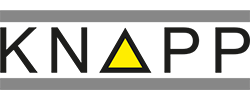
Warehouse automation is enabling PHOENIX Healthcare Distribution to fulfil patients' repeat prescription orders efficiently and securely from its facility in Runcorn, Cheshire.
The company is using the Pack2Patient automated logistics solution developed and delivered by KNAPP, which enables single items to be processed rapidly, cost-effectively and with end-to-end traceability.
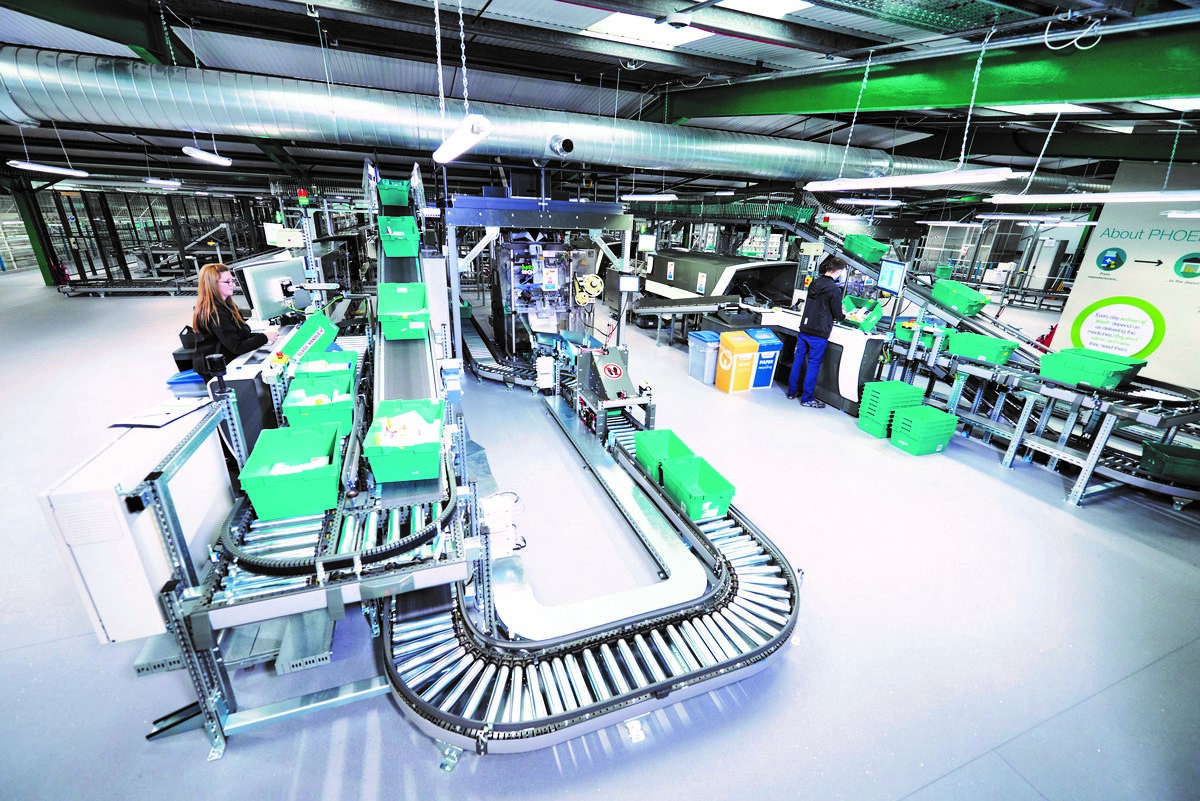
The Pack2Patient solution from KNAPP in operation at PHOENIX’s Runcorn facility
KNAPP has supplied automated logistics systems for over 80 PHOENIX locations worldwide. The solution featuring 5 Pack2Patient lines, which was supplied to the Runcorn distribution centre in 2019, has been so successful that PHOENIX recently installed an additional line at the site.
The Runcorn facility is one of the UK’s largest automated pharmacies and provides PHOENIX with a ‘hub and spoke’ solution for the assembly of repeat prescriptions, with an average of 1.7 million items a month being processed for pharmacies in England, Scotland and Wales.
“We were delighted to partner with KNAPP to develop our bespoke offsite order assembly facility,” says Paul Wilkinson, Head of Supply Chain Development and Centralised Dispensing at Phoenix. “The medicines supply chain relies on automation and IT solutions to ensure patients get the medicines they need, when they need them and at the lowest cost. Centralised automated order fulfilment is vastly more efficient than pharmacy-level assembly,” continues Paul Wilkinson, “and through centralising repeat prescription assembly we are able to free up time for pharmacy colleagues to provide the support, advice and healthcare services that patients need from their local community pharmacies.”
Image-recognition technology
The Pack2Patient solution is designed to meet all regulatory requirements, including the Falsified Medicines Directive. “Our KiSoft Vision image-recognition technology enables items to be scanned with comprehensive data capture for lot and serial number tracking,” says Phil Houghton, Business Development Director for KNAPP UK. “This forms part of our philosophy of the zero-defect warehouse to ensure quality, security and efficiency along the entire supply chain.”
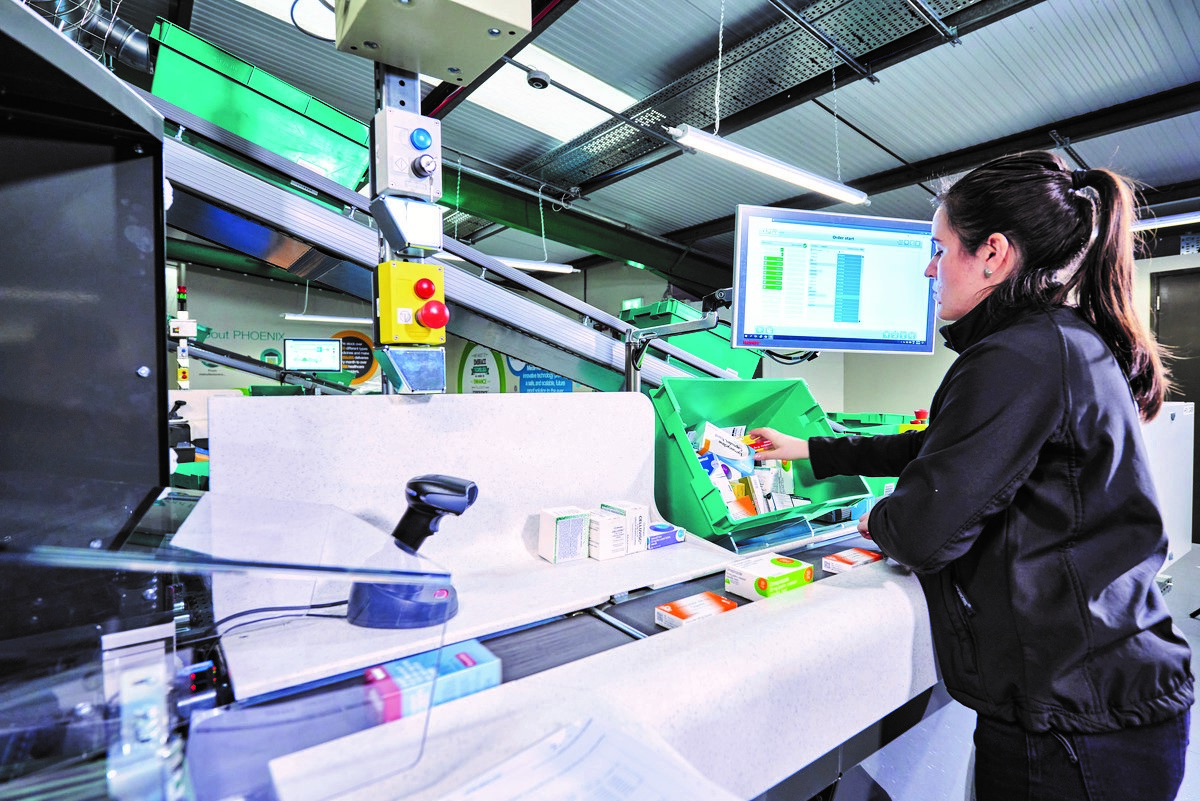
Infeed of pre-picked articles to the automated system
Automatic label printing and application
At the Runcorn DC, products picked fully automatically by KNAPP’s Central Belt System (A-frame automatic picking machine) are conveyed to a workstation where an operator removes them from the tote, placing them on a conveyor belt. This feeds the items automatically into the Pack2Patient system, where smart cameras scan each item to capture information from 1D and 2D matrix codes, shape/dimensions and several other attributes. The Pack2Patient solution automatically prints and applies labels to the articles on the fly as they pass through the system.
Next is the article verification step – where the system checks that the label, information and article are correct – with any items not verified being diverted to a manual quality-checking station. The medicines are then automatically sorted into patient orders by the system via diversion into one of a series of conveyor lanes.
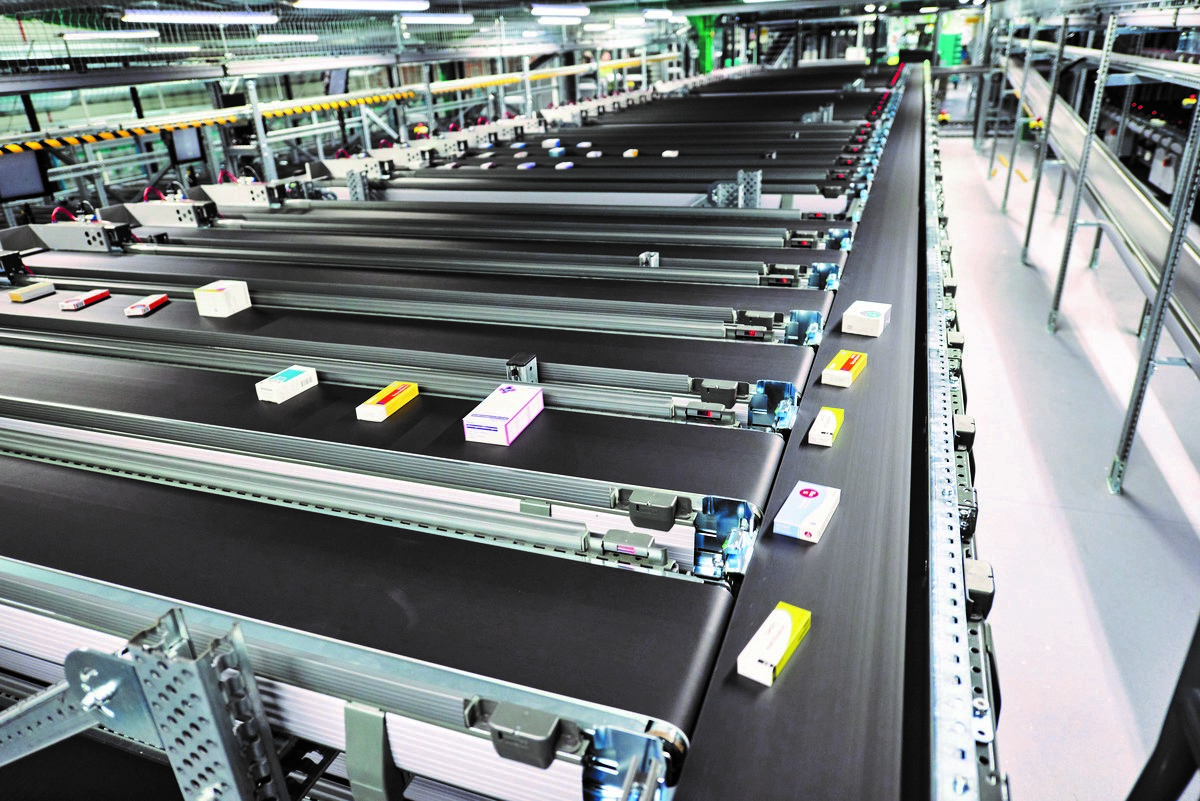
Sortation lanes with sequenced patient orders
After an order quality check – to ensure that the correct articles are assigned to the order – the articles for a particular patient are automatically bagged and labelled for dispatch.
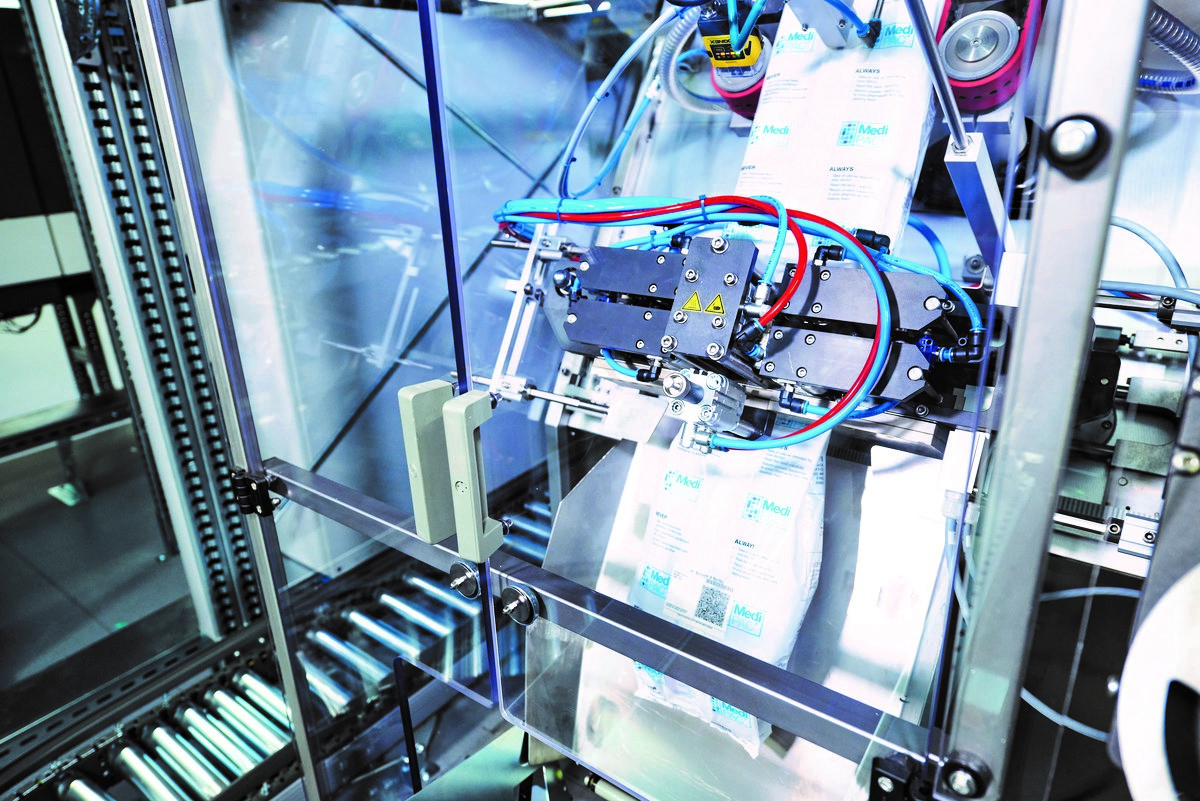
Automatic bagging and labelling systems
KNAPP also supplied ‘pick-to-light’ walls in a semi-automated Sort & Pack area, where orders for items not suitable for handling by the Pack2Patient automation are consolidated. These goods are scanned on one side of the wall and placed in the illuminated location before being picked by the worker on the other side of the wall, as indicated by light displays.

The semi-automated Sort & Pack area
In addition to applications in the healthcare sector, KNAPP’s Pack2Patient technology is also suitable for use with veterinary products.
